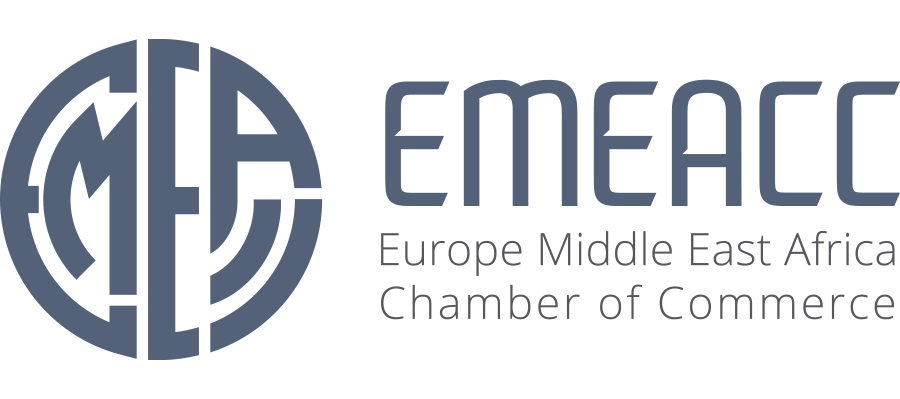As technology continues to revolutionize every facet of our lives, it’s also transforming the way companies operate. Digital tools can simplify workflows for employees, whether your team is working remotely or in the office. However, it’s essential to select digital tools that are compatible rather than requiring associates to log into multiple platforms that do not integrate. They might need to learn new technologies or lose important data because of the difficulty in accessing these systems.
A workflow is an electronically-controlled sequence of tasks that achieves the desired business goal. Digital technology can automate and enhance read new article at boardroomcenter.blog manual workflows with tools like e-signature software, document management software, and collaboration tools. Workflow automation allows employees to concentrate on complex tasks that require human expertise while automating repetitive tasks and time-consuming ones. This improves productivity and accuracy, and also reduces the possibility of errors.
Digital technology can also improve workflows by collecting and storing customer information. CRM software, for example allows companies to track customer interactions, preferences and purchases. This information can later be used to improve marketing campaigns, customer service, and much more.
In the past, a lot of workflows required manual work, such as handling physical and paper files, and holding face-to-face conferences. These outdated processes are inefficient, vulnerable to errors, and can cause bottlenecks. However, with modern technology and enhanced workflow, businesses can perform more efficiently, reduce resources, and offer the best customer experience. In the end, digital technology and optimized workflows enable teams to stay competitive in the fast-changing world of business.
